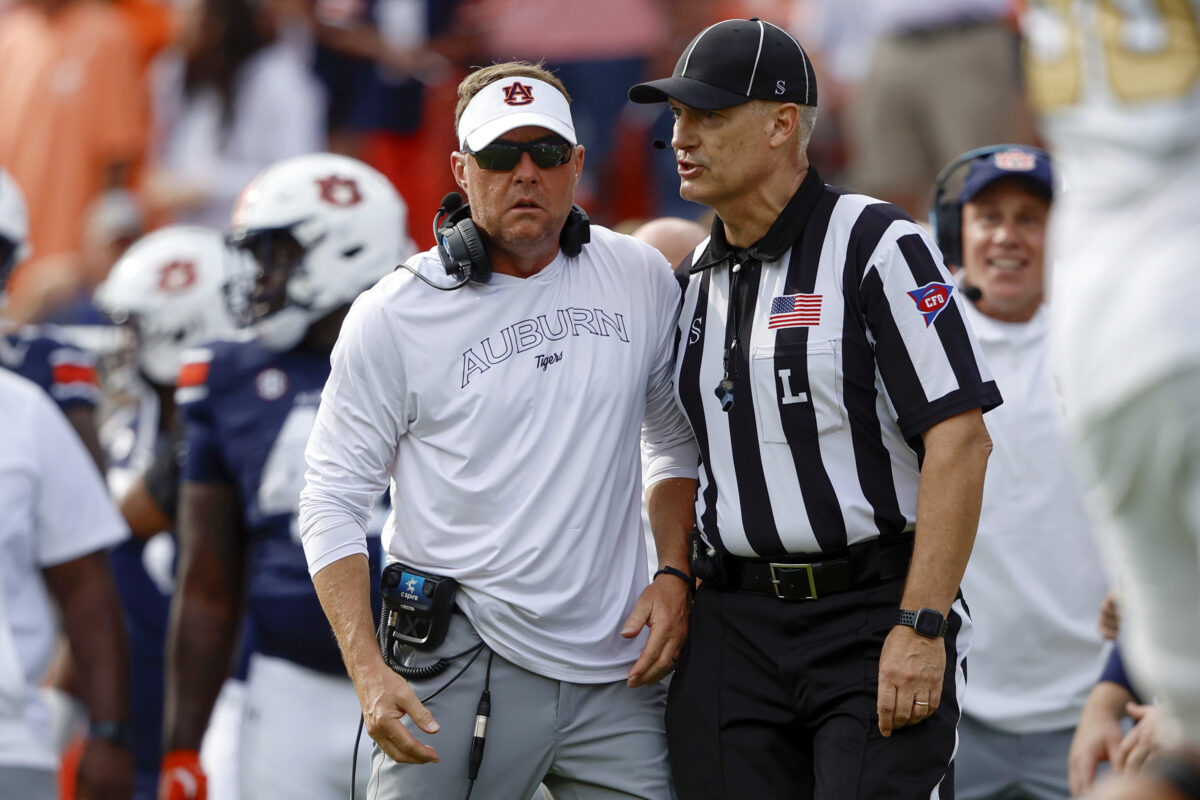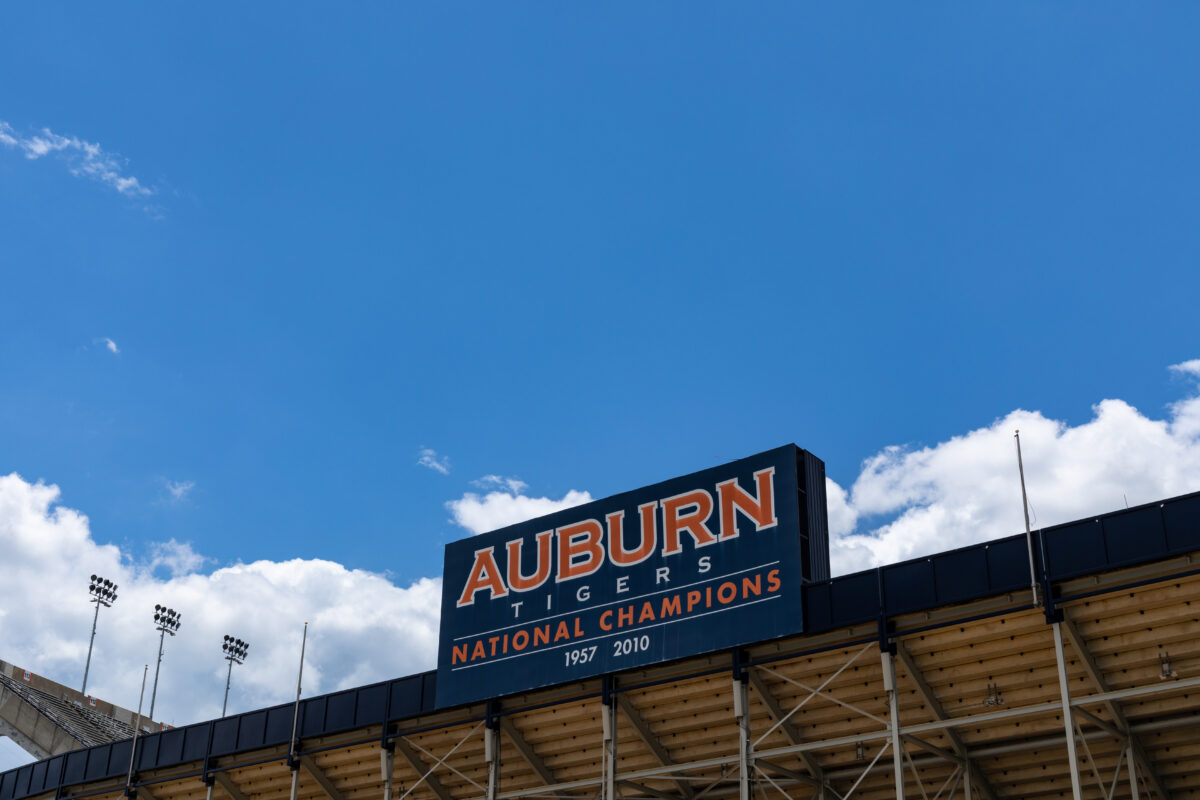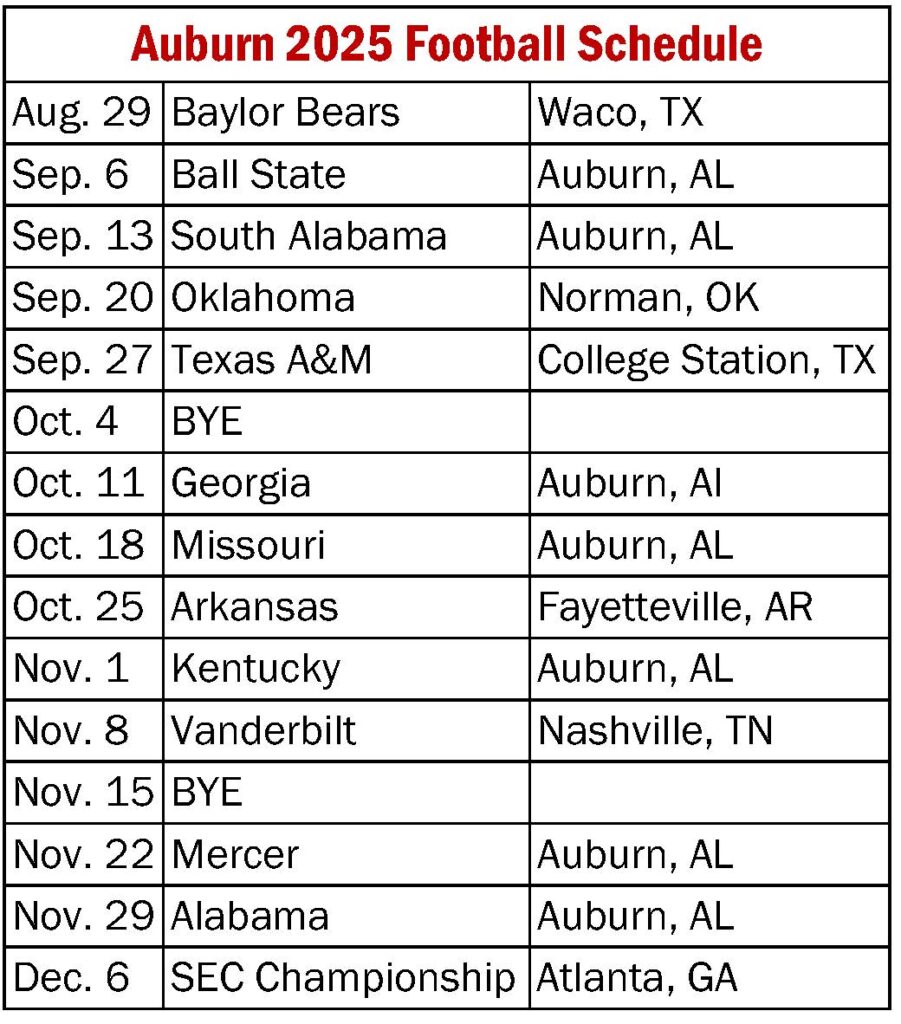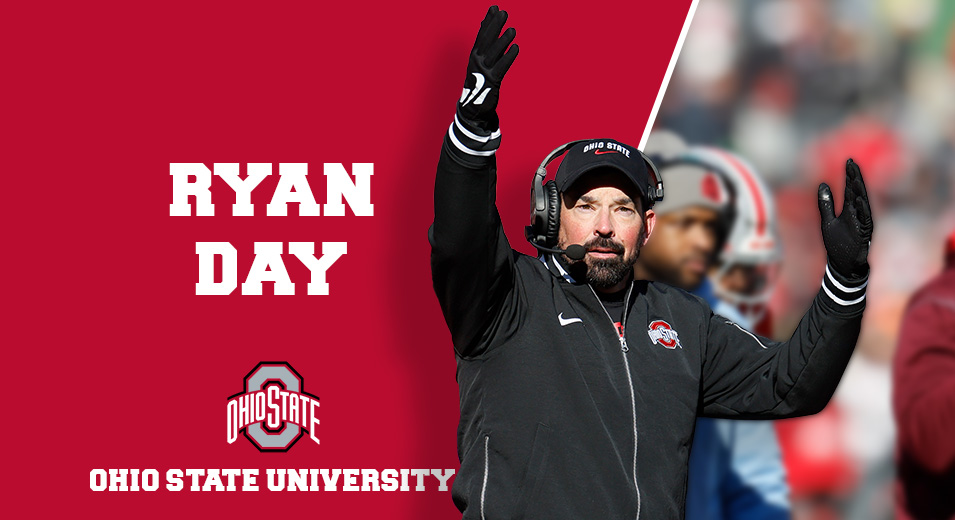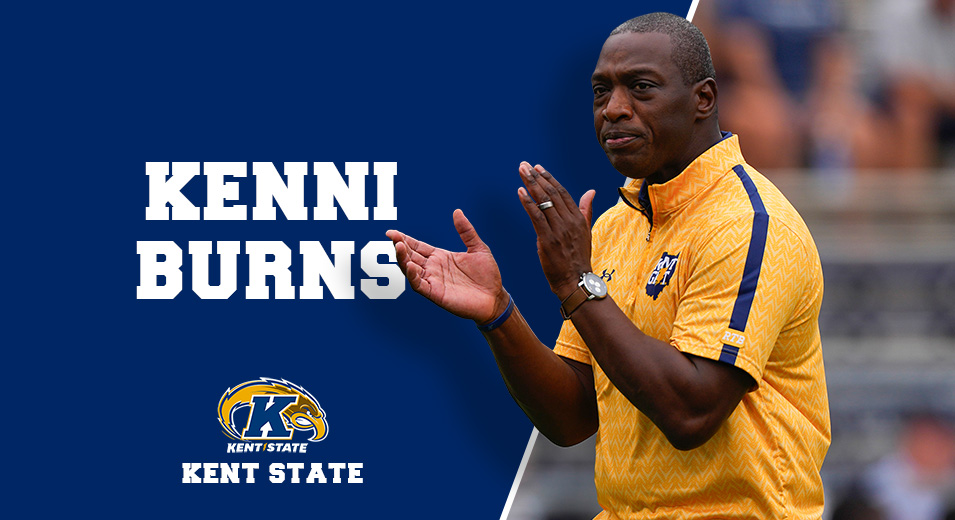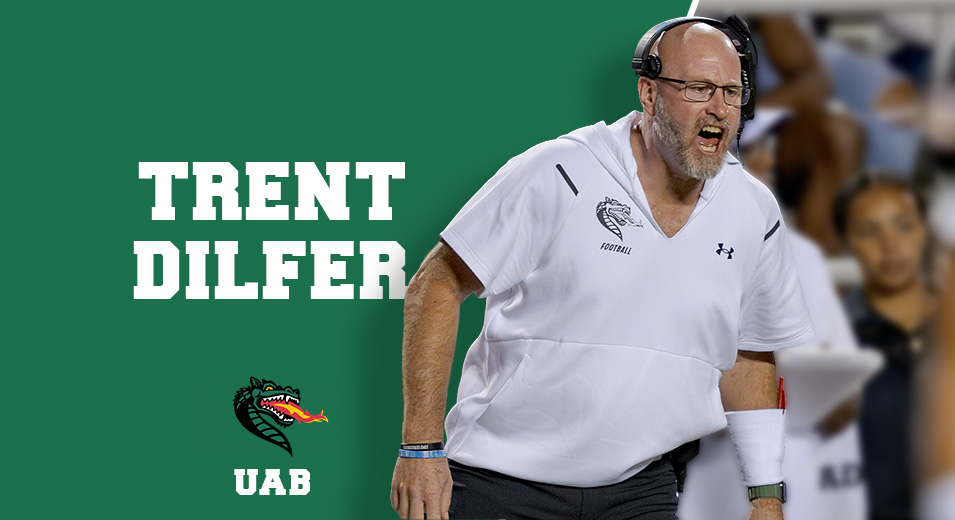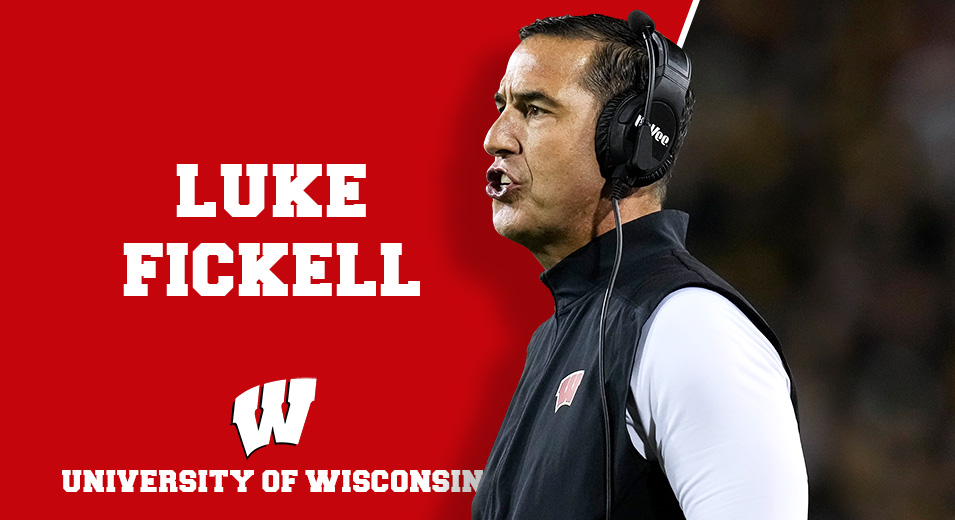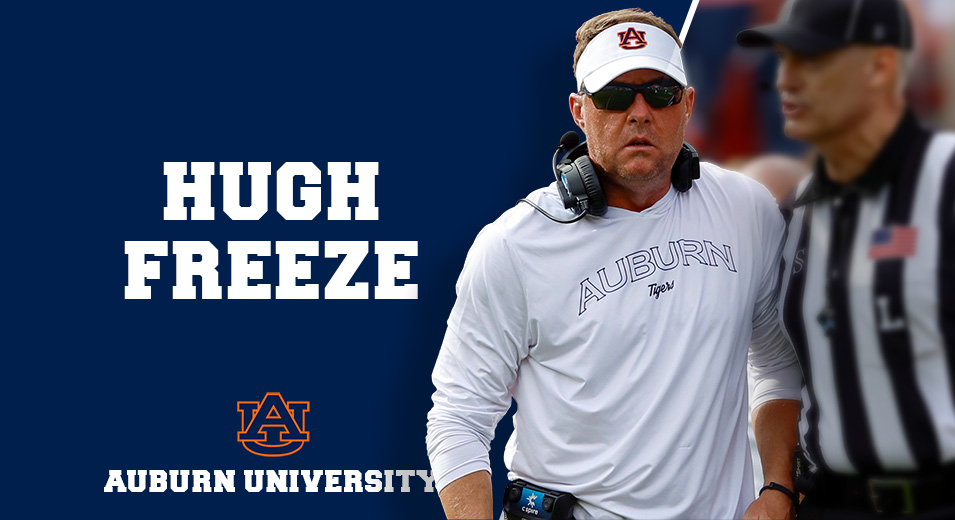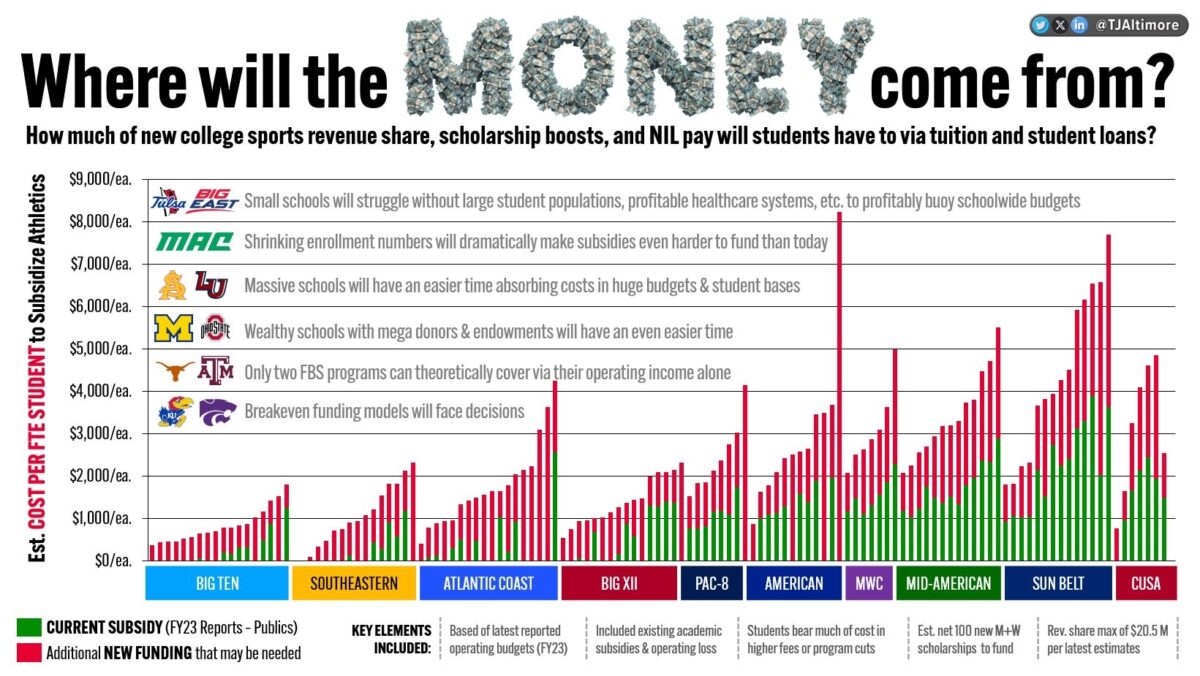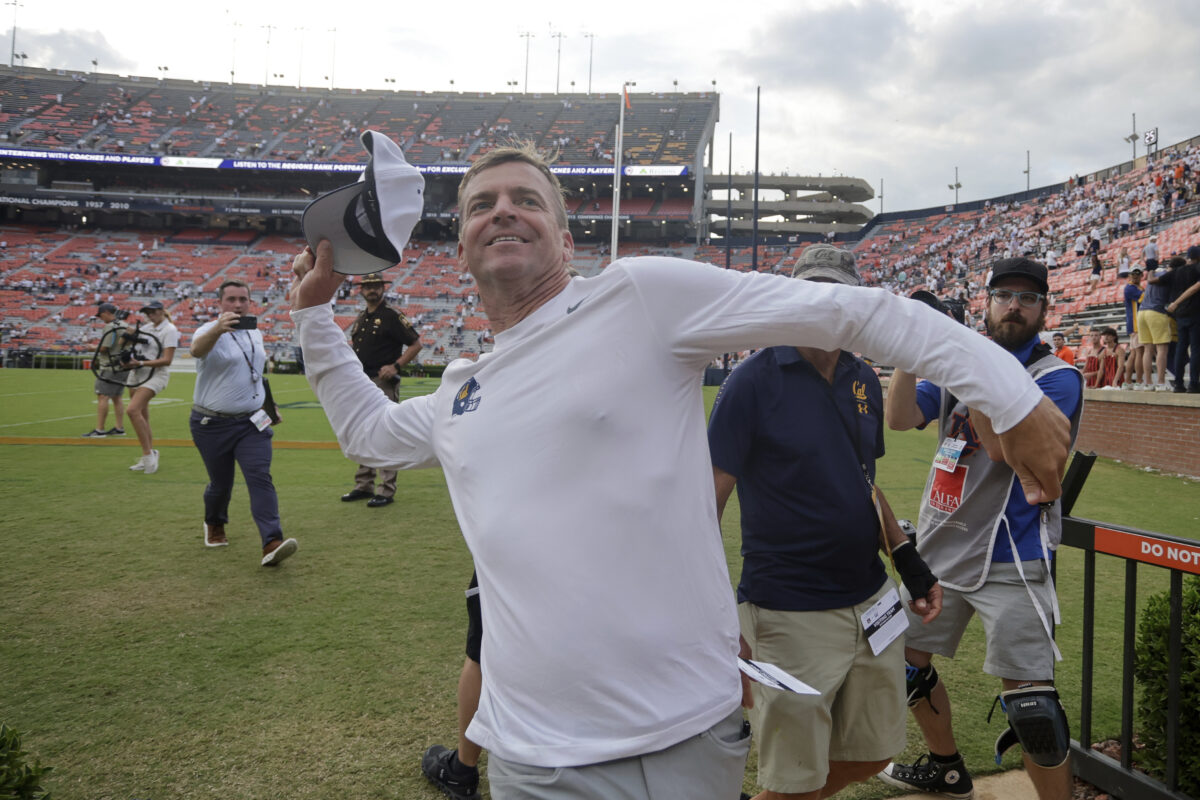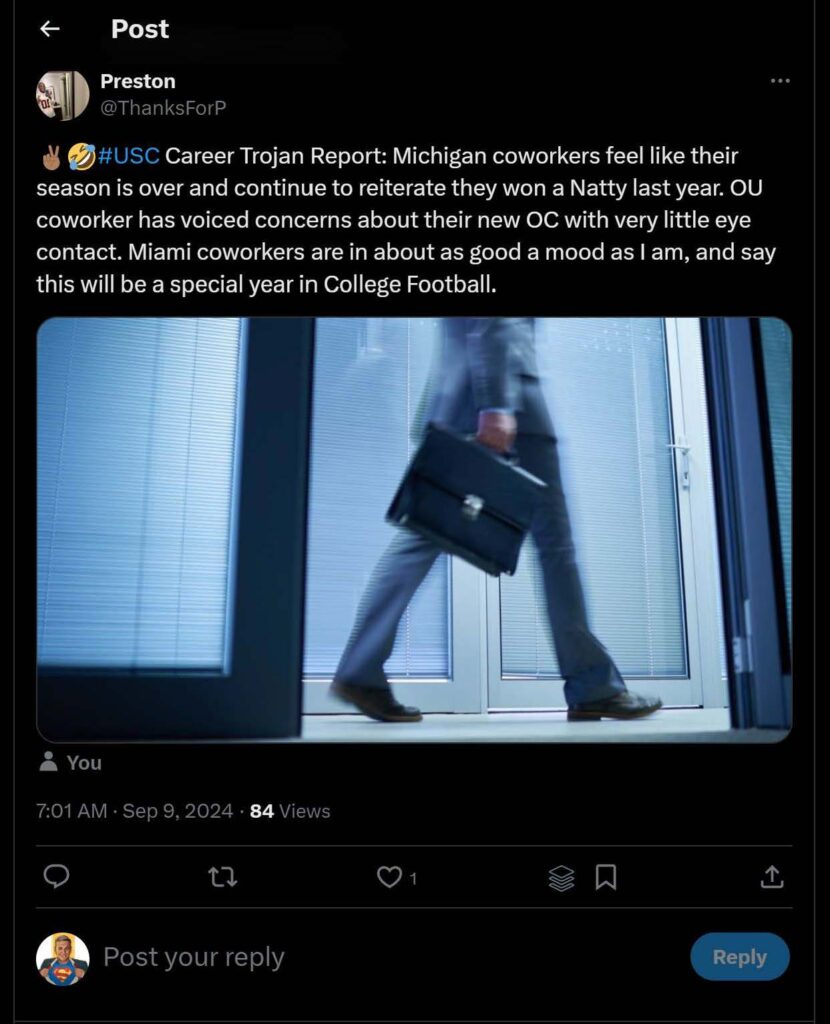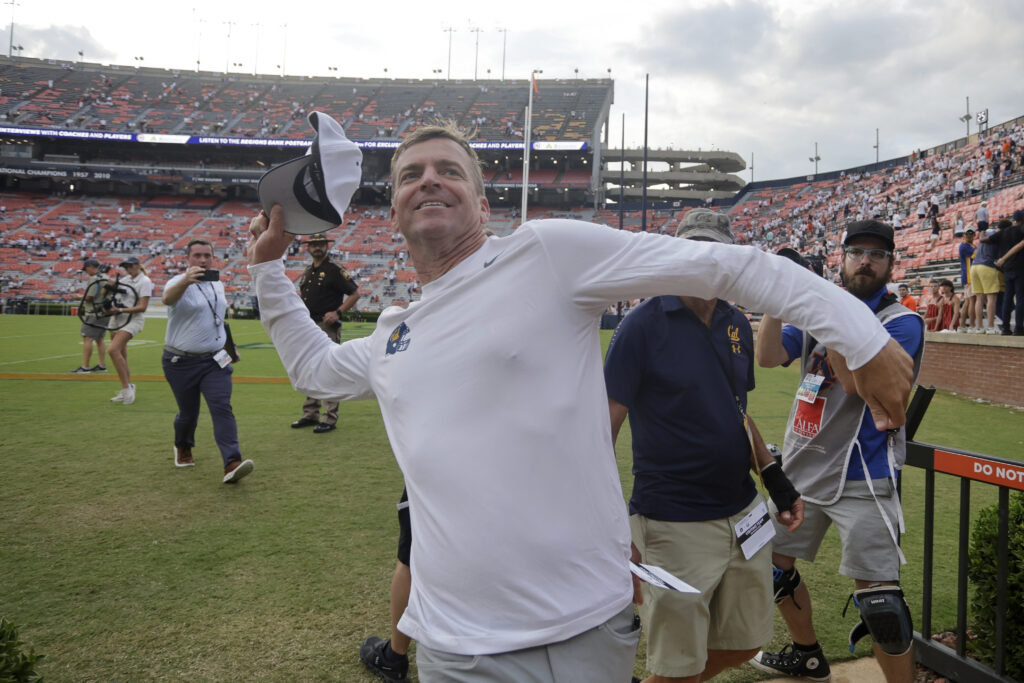Blog Article
Two Hot Seat Coaches Meet At Auburn: One Will Buy Time, The Other Runs Out Of Runway
This isn’t just another SEC game.
This is a referendum on two coaches fighting for their jobs. Mark Stoops sits at #16 on the Coaches Hot Seat rankings (and trending in the wrong direction). Hugh Freeze checks in at #5, which means every single game is an audition for next season.
Auburn hosts Kentucky at Jordan-Hare Stadium, and one of these coaches is going to walk away with some much-needed breathing room. The other? He’s going to feel the heat cranking up to uncomfortable levels. One coach survives this weekend. The other watches his seat get hotter.
Let me break down why this game matters more than the talking heads on ESPN will tell you.
The Stakes Are Ridiculous
Mark Stoops has one of the biggest buyouts in college football history.
Kentucky isn’t just paying him to be mediocre – they’re paying him an insane amount of money they can’t afford to get out of. And what has he delivered in 2025? An 0-5 record in SEC play. Zero wins against conference opponents.
That’s a pattern, not a slump
Meanwhile, Hugh Freeze is sitting at #5 on the hot seat, and Auburn fans are already questioning whether he’s the answer. The Tigers are 1-4 in SEC play, which isn’t great, but it’s also not catastrophic. A win against Kentucky doesn’t just improve his record; it moves him down the rankings and buys him real equity with the boosters.
This is coaching survival mode, and both guys know it.
Let’s Talk Numbers (Because They Don’t Lie)
If you’re a bettor or just someone who likes to understand how football works, the stats tell you everything you need to know.
Kentucky’s offense is barely functional against SEC defenses:
- 24.1 points per game overall, but only 19.4 against SEC opponents
- Just 121.6 rushing yards per game in SEC play (their ground game gets completely shut down)
- When you can’t run, you become one-dimensional, and when you’re one-dimensional against good defenses, you lose
Auburn’s defense is where they have Kentucky beat:
- Just 21.1 points allowed per game
- Best run defense in this matchup, opponents average only 84.1 rushing yards
- Kentucky’s weakness meets Auburn’s strength and that’s the ballgame
But here’s where it gets interesting:
Auburn’s offense isn’t exactly lighting the world on fire either. They’re balanced, 170 passing yards, 170 rushing yards per game. But in SEC play, those numbers crater. The difference? Auburn doesn’t turn the ball over. They average just 0.5 turnovers per game compared to Kentucky’s 1.6.
In close games, that margin is everything.
The Matchup That Decides Everything
Here’s the reality:
Kentucky cannot run the ball against Auburn’s front seven. That’s not opinion, that’s what the numbers tell us. When Kentucky is forced to throw on every down, their offensive line breaks down, their quarterback gets pressured, and the whole operation falls apart.
Could Kentucky exploit Auburn’s secondary?
Auburn’s been vulnerable through the air, they’re allowing 234.4 passing yards per game. But Kentucky hasn’t shown the ability to exploit that kind of weakness all season. Their passing game improves against MAC teams and collapses against SEC defenses.
There’s no reason to believe this week will be different.
By the Numbers: Complete Matchup Breakdown
If you want to bet this game, or understand who actually has the advantage, here’s the tale of the tape:
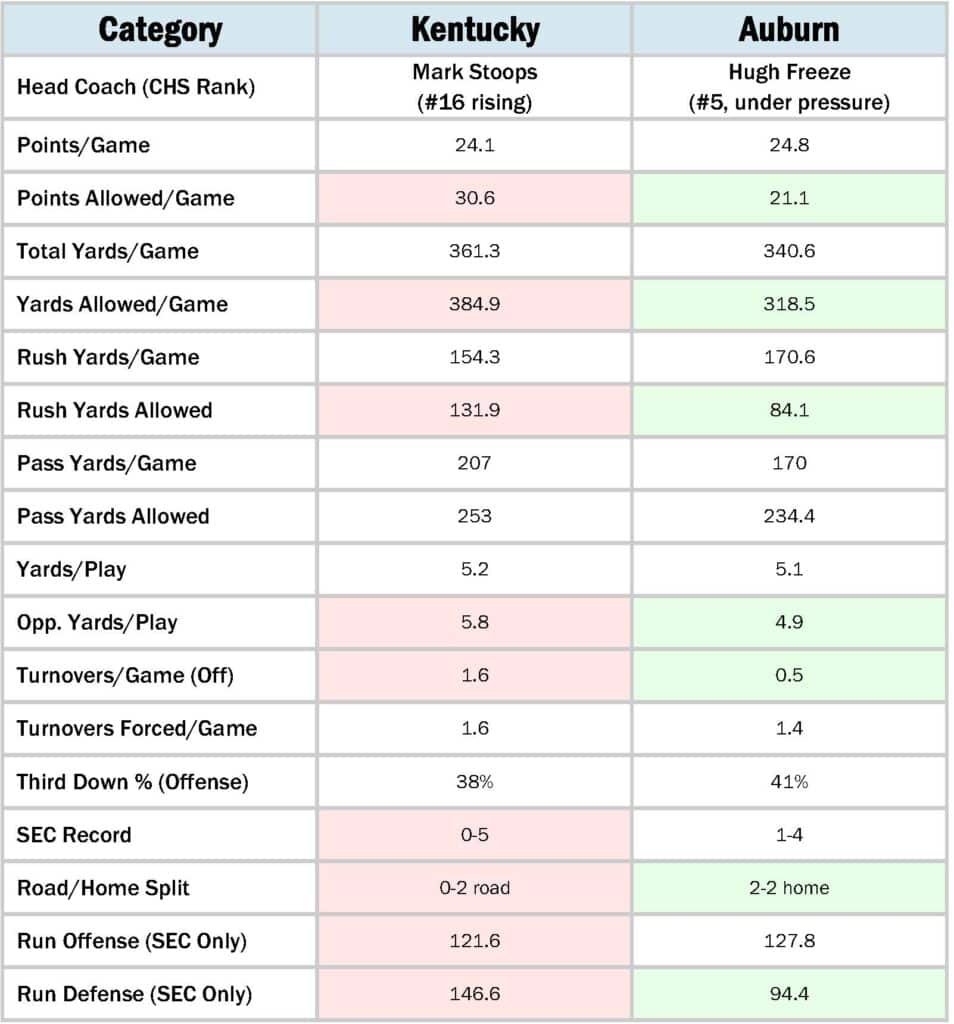
Auburn holds decisive advantages in the categories that matter most.
The X-Factor You’re Not Thinking About
Home-field advantage matters.
Auburn’s home splits show they gain approximately 20 yards and 4 points per game at Jordan-Hare Stadium. Kentucky is 0-2 on the road this season. They can’t win away from Lexington. The math is simple: Auburn plays better at home, and Kentucky falls apart on the road.
Here’s what that means for this game:
Auburn’s offensive line will control the line of scrimmage against Kentucky’s weak front seven. The Tigers will run the ball down Kentucky’s throat in the fourth quarter when the Wildcats’ defense is gassed. Kentucky won’t be able to match that physicality. They haven’t been able to all season.
This is where games are won and lost.
The Bottom Line
Auburn wins by 7-10 points.
Predicted score: Auburn 27, Kentucky 17
This isn’t rocket science. Auburn’s run defense shuts down Kentucky’s already-struggling ground game. Kentucky becomes one-dimensional. Auburn’s balanced offense exploits a weak Kentucky defense. The Tigers control time of possession and wear down the Wildcats in the second half.
The coaching implications are massive:
Hugh Freeze gets a much-needed win and some breathing room on the hot seat. Mark Stoops watches his seat get even hotter as Kentucky falls to 0-6 in SEC play. One coach buys himself time. The other runs out of runway.
For Kentucky to pull off the upset, they’d need:
- Their passing game to suddenly become elite
- Auburn to commit multiple turnovers
- A complete defensive transformation
None of those things is happening.
The Bigger Picture
This is what college football has become in 2025.
Every game is an evaluation. Every loss adds weight to the hot seat. Coaches like Mark Stoops and Hugh Freeze aren’t just competing against each other—they’re competing against impossible expectations, impatient boosters, and the reality that one bad season can end a career.
Kentucky vs Auburn isn’t just about which team wins—it’s about which coach survives. And when you look at the numbers, Auburn has every statistical advantage. The Tigers should win this game comfortably.
Auburn 27, Kentucky 17.
